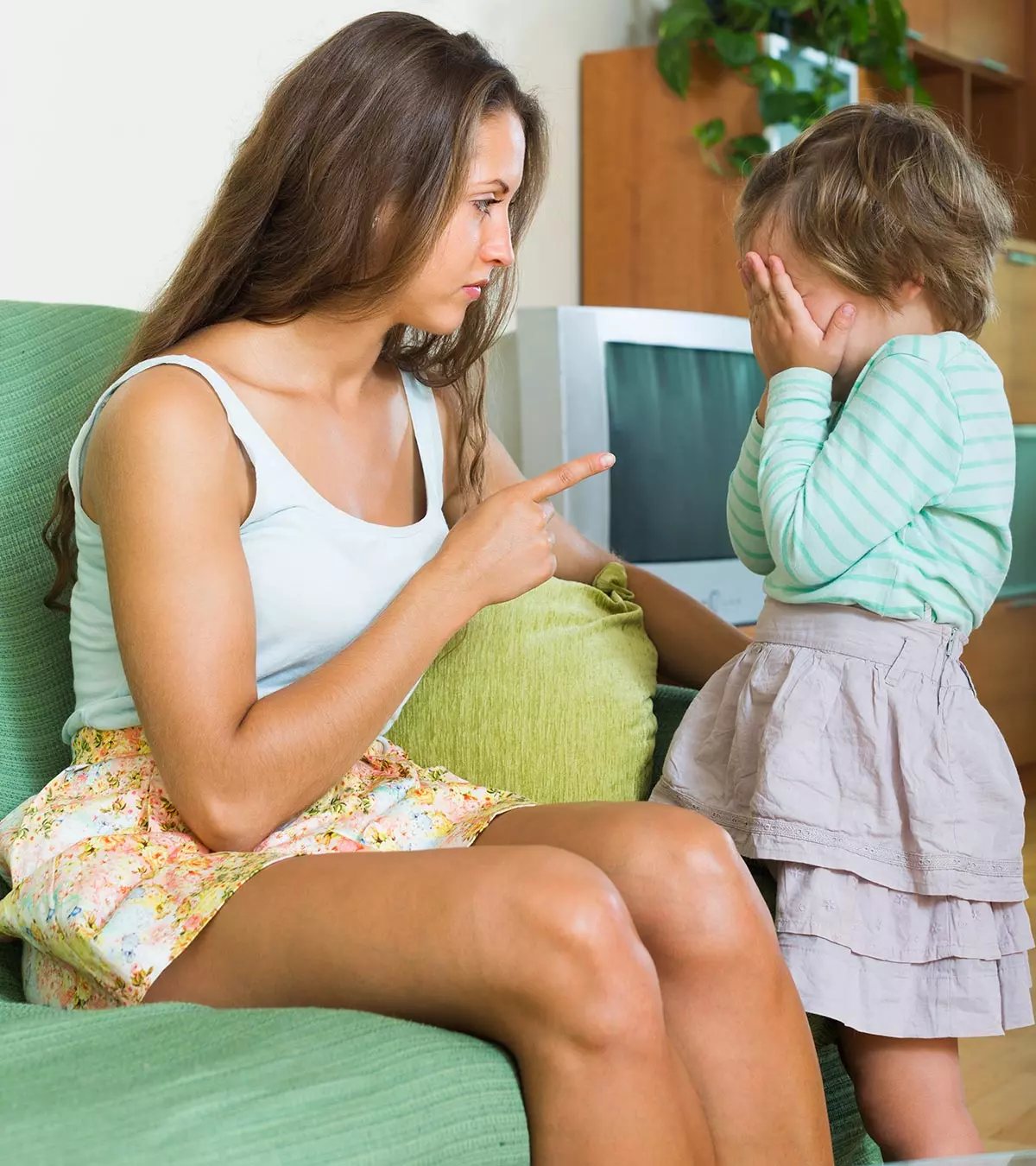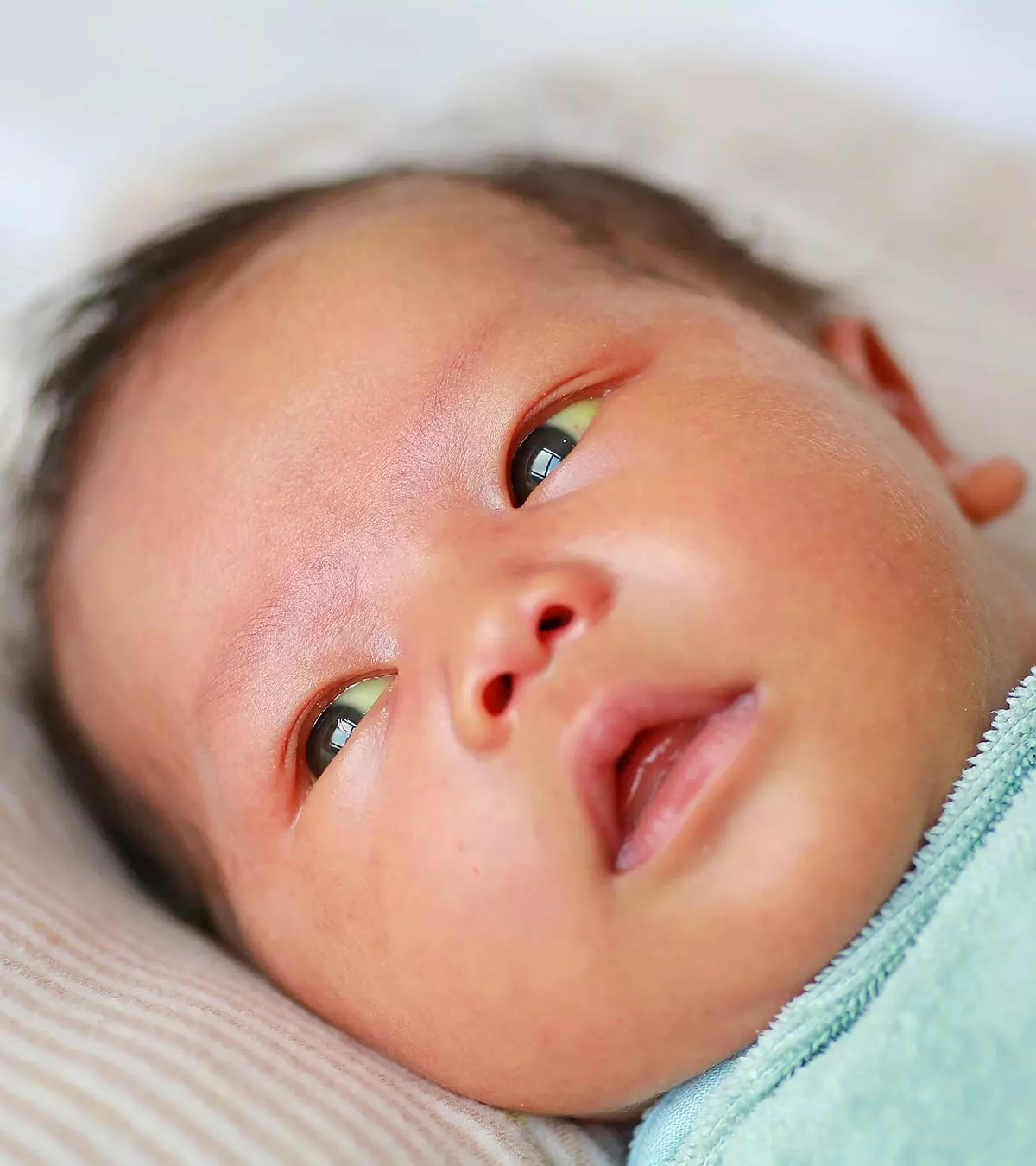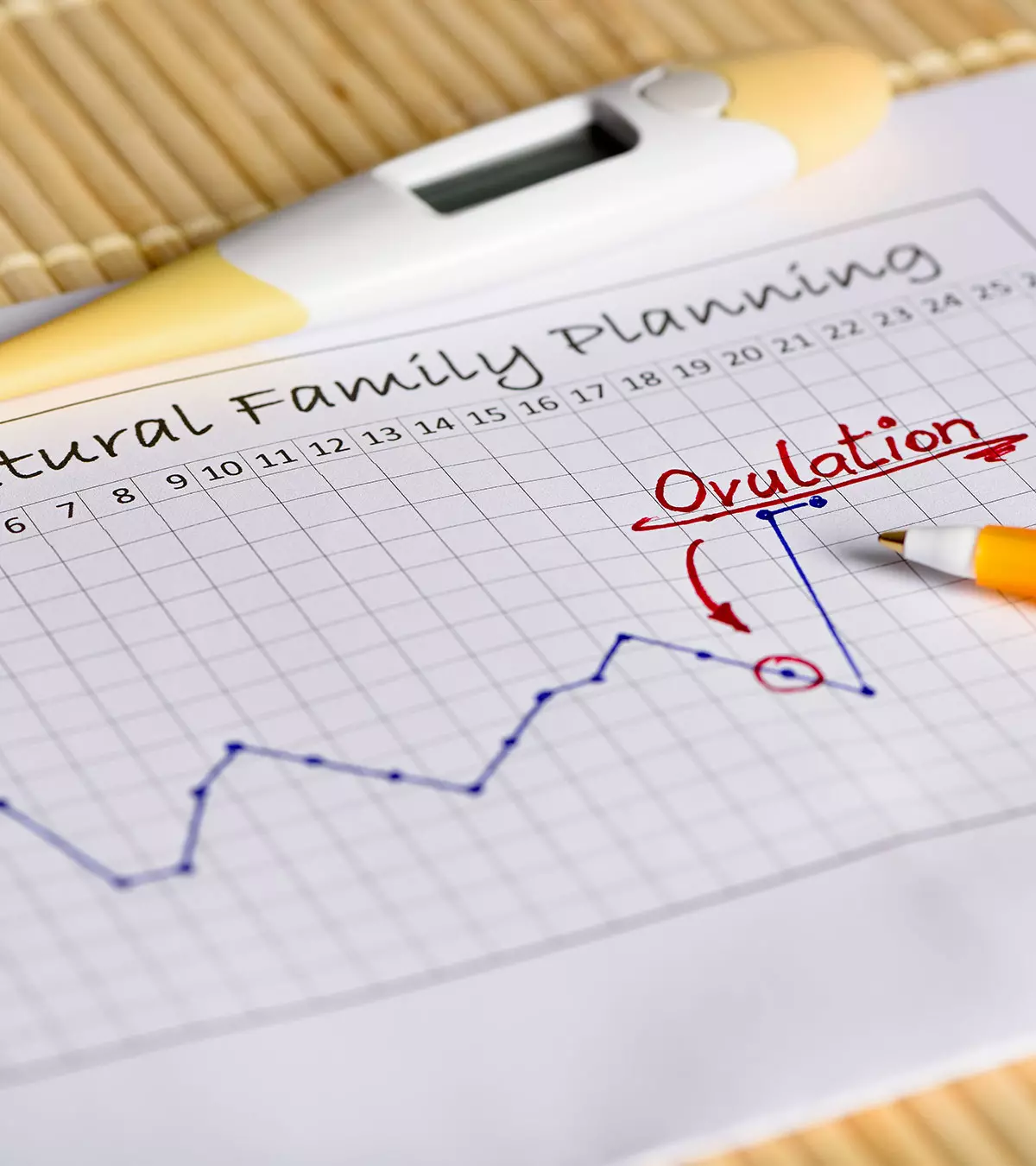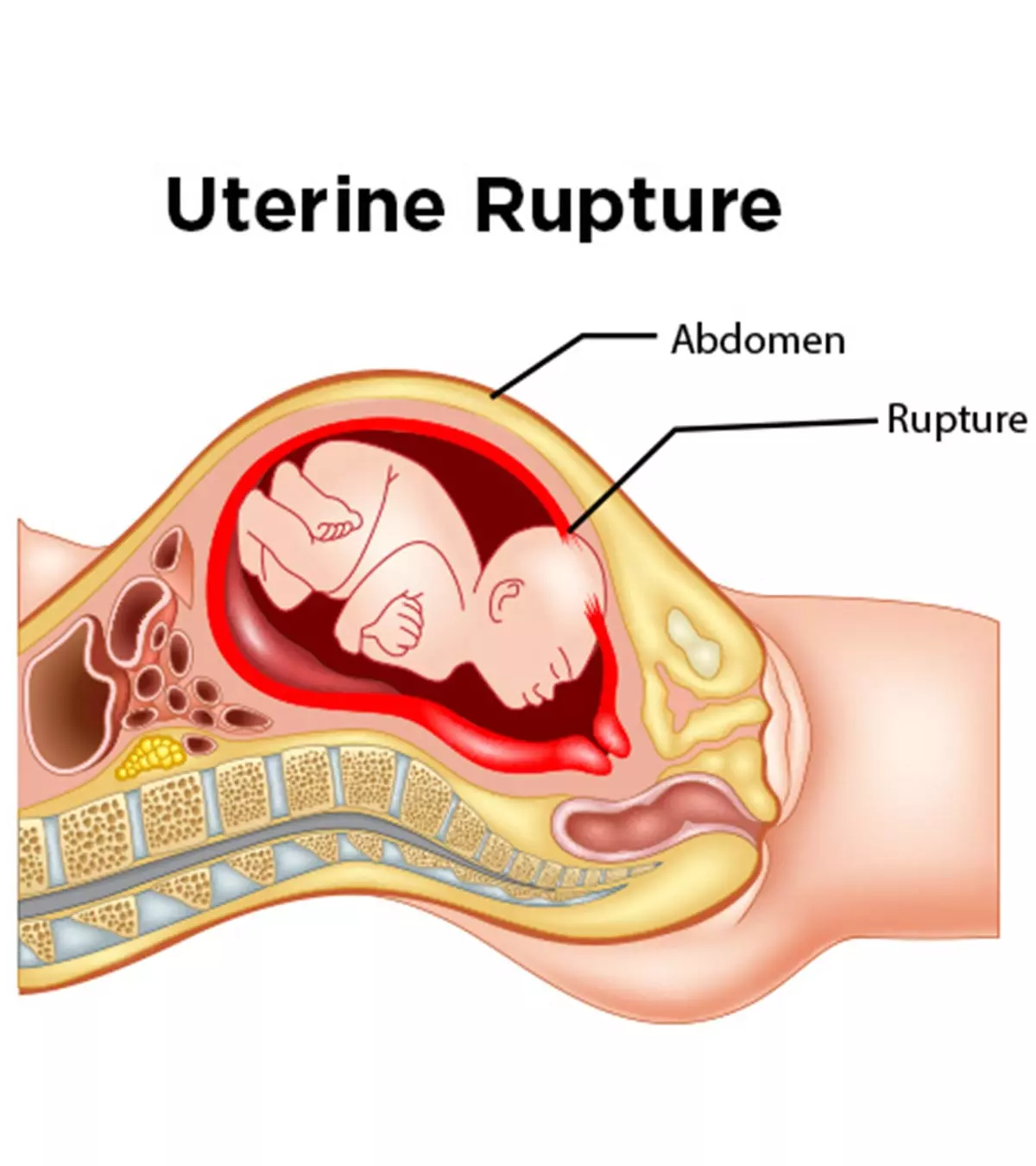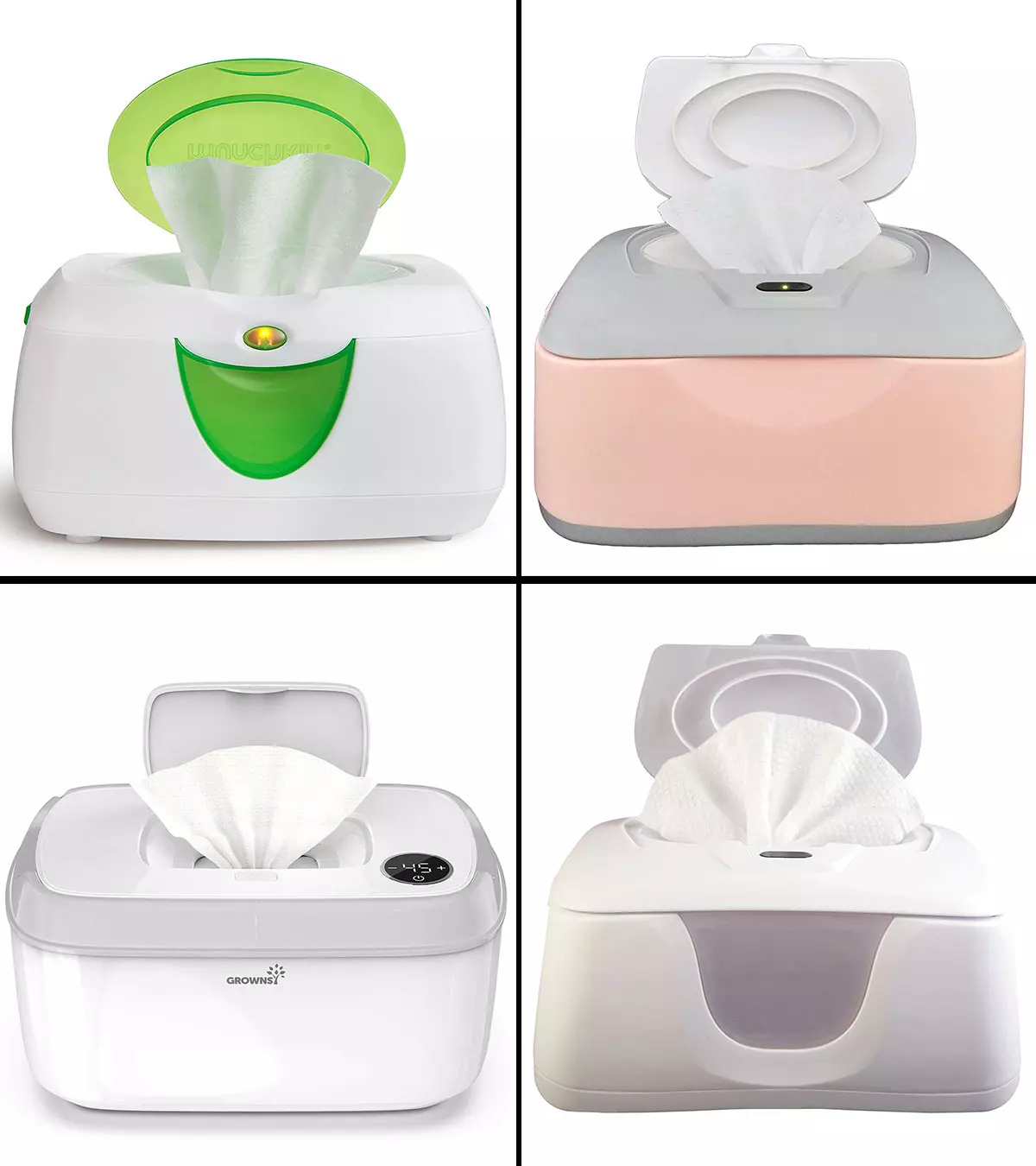

Image: iStock
There are several techniques parents may use when potty training their children. The 3-day potty training method has gained popularity in recent times. However, like all other potty training methods, the success of this method also depends on the child’s physical and emotional readiness. Learn more about the three-day potty training, preparing for the three-day routine, concerns associated with this technique, and ways to overcome them.
When Should You Start Potty Training Your Toddler?
There is no right age to toilet train the child as it depends on their willingness to transition and their physical development and skills. However, according to the American Academy of Pediatrics, two-and-a-half years is the recommended age to begin potty training (1). Any attempts to train the child before he turns two could be unfruitful and lead to disappointment.
What Are The Signs Your Toddler Is Ready For Potty Training?
The following behavioral traits indicate that your toddler is ready for potty training (2) (3) (4):
- They display interest in the bathroom and often attempt to sit on the toilet. They may ask for underpants instead of diapers.
- Has dry nappies for at least an hour or two or after naps. It may indicate that your toddler’s bowels and bladder are developing better holding capacity.
- Soiling happens at a predictable time, after set intervals.
- The toddler indicates an urge to urinate or defecate through sounds or facial expressions. They might show signs, such as getting fidgety, going to a corner, or under the table when they want to have a bowel movement.
- Asks when they want to urinate in advance and do not relieve themselves spontaneously, anywhere, which indicates voluntary control.
- Can understand simple instructions.
- Displays the ability to pull down and pull up the lower clothes.
- Copies parents’ toileting behavior.
- A sense of independence and the ability to say “no.”
- Displays gross motor skills, including the ability to walk, push doors, and get up and down from the potty seat with minimal help.
These signs show that your child is ready for potty training.
How To Prepare For A Toddler’s Potty Training?
Successful potty training begins with the proper preparation. Here is how it goes (5):
- Choose the right time: Avoid training when your child is likely to develop stress. For example, moving to a new place or around new people is not the ideal time for potty training. You can also schedule potty training according to the season. Summer is perhaps the best time since your toddler can wear minimal clothes, and cleaning any mess would be easier.
- Block a weekend: Reserve three days of a weekend for potty training. Do not have any social appointments, so you can stay at home with the toddler and give them all your time to train them.
- Keep the supplies handy: Stock up with wipes, extra clothes for your toddler, and some diapers if things do not work out. Extra clothes will be helpful in case your toddler is unable to control their bladder or bowel movements.
- Introduce your toddler to the potty chair: Go potty chair shopping with your toddler and explain the purpose of it. Use words like ‘your potty chair’ or ‘big boy/girl’ to give the child a sense of pride and responsibility. Tell them they have to pee and poop in the potty chair, not the diaper.
- Have a trial run a day before the training begins: A day before the actual training, dress your toddler in nothing but an oversized T-shirt for a couple of hours. Ask them to tell you when they want to urinate or defecate and keep an eye on the child to gauge their behavior. If you suspect the toddler has to use the toilet but cannot express it, put on the diaper immediately.
How To Potty Train A Toddler In Three Days?
Here are the steps to potty train your toddler in three days (6):
Day one
- Dress the toddler as usual, but do not put on a diaper.
- Tell them that diapers left after saying “bye-bye,” and they are all free to roam around without a diaper. The toddler will sense that not wearing a diaper is a happy thing.
- Give your toddler a fiber-rich breakfast with some extra fluids. That will get his bowel and bladder full sooner.
- Point to the potty chair/ seat and tell the child to inform mom or dad when he wants to relieve themselves. Explain that they have to pee or poop only in the potty. Continue giving them reminders such as “tell mom when you have to pee or poop.”
- Go about the usual routine, but stay indoors. Let the toddler play with their toys and prance around the house. Watch out for any cues indicating that the toddler wants to relieve themselves.
- If the body language or facial expressions indicate the toddler’s urge to pee or poop, take them to the toilet. The potty can be placed in the toddler’s room (at least for the initial days) for better accessibility. As soon as their pee begins to trickle down their feet, quickly make them sit on the potty and say, “It’s time to pee-pee.” It will remind them that they have to pee on the seat only.
- You can also place it in the bathroom right from the beginning to help the child identify the bathroom as a place where they have to relieve themselves. Also, cleaning any mess is easier in the bathroom.
- For encouragement, you can sit on the closed seat of the adult toilet and say, “Look, mom is sitting right beside you.”
- Whenever they use the potty chair, praise them and say, “That’s right! That’s how you do it.”
- If they spill things outside, do not say “It’s okay” or scold them. Instead, calmly reiterate by saying, “Poop and pee always go to the potty chair. You can get it right. Try again”.
- Some people may set a timer or alarm according to their usual pee schedule. However, the goal is to teach them how to identify their body rhythm. So you may set the alarm for yourself to check if the toddler is doing the funny pee dance.
- Praise and suggestions work best when the toddler gets a consistent message from the parents, so ensure to involve your partner in it. Celebrate each time your toddler pees or poops in the potty seat.
- Once done, wipe the bottom clean with toilet paper. Let the toddler see how you do it and the next day, let them try to do it by themselves, with your help.
- Help them out if they need assistance. Do not give the child underpants since they feel like they have a diaper. It is okay for a toddler to stay without their underwear and be comfortable.
- Before they go to bed, take them to the potty and ask them if they want to relieve themselves.
- For nighttime potty training, experts recommend setting the alarm and waking the toddler to visit the toilet regularly. It may be challenging, but it can help the toddler understand the vitality of bladder and bowel control outside the toilet.
- You can put on the diaper at night. Nighttime potty training can be a slow process and needs repeated attempts. Focus on daytime training if you feel the toddler is too young for nighttime potty training.
Day two
- The next day, repeat the steps from day one.
- Some children may have fewer accidents on the second day. On the other hand, for some children, the novelty of potty training wears off and they may resist using the potty seat.
- It may lead to parental frustration, especially if the first day was good.
- After breakfast and potty time, take the toddler outdoors only with their underwear and shorts on. Reassure that it is okay to go out without a diaper. The toddler may feel uncomfortable or glad to be outside without diapers.
- Tell them it is pee-time before venturing out and have them sit on the seat.
- Do not venture too far out of the house. If required, go to the terrace or a park nearby. When the toddler has the urge to go to the toilet, take them back home and to the potty.
- You can also bring a portable potty along to make things convenient. Do remember to carry some toilet paper, tissues, and hand sanitizer.
- On day two, let the toddler clean themselves after using the potty. They may be clumsy, but tell them the right way to do it.
- Getting them involved in cleaning themselves up can make potty training enjoyable.
Day three
- Repeat the steps from day one. You can go out for a couple of hours during the day. You can take a car ride too.
- Going out for longer can help instill confidence in the toddler while reinforcing the point that they have to visit the potty every time they pee or poop.
- Your child might still not be comfortable using a public toilet, so do not force them to use one.
You will likely notice a significant change in the toddler’s potty habits from the fourth day. They will have more interest and a better understanding of using the potty activity, which indicates that your efforts worked. However, even three-day potty training can have ups and downs.
After 3-Day Potty Training
After three days of potty training, you can have your children wear underwear when outdoors. Keep them without any underpants when indoors so you can move them to a potty seat immediately. You can keep them off underpants when at home for several weeks until they are totally potty trained.
Do not forget to celebrate each time they pee and poop on the pot. Avoid shaming or reprimanding the children for accidents as they might keep happening. Carry extra underpants, an extra set of clothes, sanitizers, and wipes wherever you go.
Parents, caregivers, and teachers at the daycare should be on the same page to avoid any confusion in the toddler’s head.
What Are The Pros And Cons Of Three-Day Potty Training?
Benefits of three-day potty training
- Trains the toddler to be independent and use a potty than relieve themselves in their underwear.
- There is less dependence on diapers. You may still have to keep them handy, but at least the frequency of diaper changes goes down.
- You will save a lot of money on diapers.
- You will get relief from the daily struggle of wrestling with a toddler to lay them still to change their diapers.
- Your toddler can transit to an adult toilet sooner since they already understand the concept of using a toilet for nature calls.
- Eventually, you will have to make fewer diaper changes at night, thanks to using the washroom during the day.
Possible side effects of three-day potty training
- The initial frustration! Imagine trying to get your toddler to sit on the potty chair, but all they want to do is play and jump around on it. It can be quite challenging to convince a playful toddler that the potty is not a play tool. You can encourage them with their favorite toy and imitate it as if it is releasing itself to boost confidence in your toddler.
- Accidents and failures can lead to frustration in toddlers as well.
- It is not easy for parents to dedicate three complete days to potty training, especially when both parents are working. And if you have another child to attend to, then potty training certainly gets cumbersome.
- Since the toddler is diaper-free, there will be mishaps, which means washing some soiled clothes and cleaning pee puddles on the floor. After a few such incidents, it can get vexing.
Consistency and reinforcement of training will ensure the toddler gets it right. But what if the toddler does not seem to pick up the habit even after repeated training?
How To Determine The Success Of 3-Day Potty Training
If your child shows signs of displeasure on pee/poop accidents or can successfully point to the potty most or all times they need to use it, it might indicate they are set on the path to being potty trained.
It might take weeks or months before your toddler is entirely potty trained. Moreover, many children may take a backstep after the initial excitement of potty training fizzles out. Always carry extra clothes, wipes, and a travel potty seat outdoors to help your child feel familiar.
Dedicating one weekend to intense and focused potty training does not mean you are set for all days. Three training days is just the start of your child’s potty independence journey. Many children may have some accidents for weeks to come. Moreover, it is possible to pee-train them sooner, but pooping on the pot might take much longer.
If your child is not interested in indicating their need to pee or poop or is not at all bothered with accidents even after three-day potty training, it may be a sign they are not ready for potty training. You can consider trying after a few weeks.
What If The Three-Day Potty Training Does Not Work?
If the three-day potty training did not work, try understanding the reasons behind its ineffectiveness. Here is how you can do that:
- Identify the problem: Analyze and ask questions to determine why the child is not using the potty chair. Perhaps it has to do with the placement of the potty, or maybe the potty seat is uncomfortable. Older toddlers understand questions, so ask them if something makes them uncomfortable about using the potty.
- Try again next week: If the long weekend does not work, try the following weekend again. If that does not work, give it a chance the weekend after. Be persistent in your efforts.
- Attempt a month later: If you fail three consecutive weekends, then take a break for a month. Until then, try to get the child interested in using the potty. Let him play with it, sit on it, and understand it better.
- Let your toddler grow by a few months: Perhaps your toddler is not old enough to understand the concept of potty training. The older the toddler gets, the better he is at communications skills, which can help train him better. You can wait for three to six months before attempting potty training.
- Follow a child-led approach: Your child will eventually show signals that they are ready. Try potty training them once you see these signs. They might show willingness once they see elder siblings or other children at the daycare use potty.
- Evaluate your state of mind and approach: Children can sense parental stress, anxiety, and frustration. Try when you do not have any other work-related pressures and are calmer and flexible in your actions.
- Watch your tone: Instead of making statements that would make the child feel guilty, such as “Did you poop in your pants?”, switch to “I can smell poop. Let’s check and do the needful.”
3-Day Potty Training During Nap And Nighttime
Whether or not one wants to use diapers during naps and nighttime is a personal choice if you are trying 3-day potty training. While potty training for the day, naps, and night may work simultaneously for some families, others may prefer potty training in stages.
Consider following your child’s cue too. If they continue waking up with dry pull-ups from naps, you may have them sleep in their underpants during naps. Eventually, you may allow them to be diaper-free at night time.
Frequently Asked Questions
1 . How often should I make my toddler sit on the potty?
Setting a schedule and making toddlers sit on the potty will help them be trained better. You could encourage them to use the toilet (7) (8)
- In the morning
- Before bedtime
- 10 to 20 minutes after meals
- An hour after drinking liquids
- Wherever they show any sign of the need to use a toilet
2. How long should my toddler sit in the toilet while potty training?
You should not let them sit in the toilet too briefly or too long. Sitting for three to five minutes is enough for them to get potty trained (7).
3. How many accidents a day are normal when potty training my toddler?
There is no fixed number of accidents that can be labeled normal. It differs from one child to the other. Parents need to remember that no matter how small, progress is progress.
4. Do pull-ups hinder potty training?
Many parents prefer using pull-ups when potty training their children because they are easy to clean. Pull-ups may give a little sensation of wetness but not as much as underpants. They may lengthen the time taken to potty train a toddler. Children get mixed signals from pull-ups because parents ask them to use the toilet; on the other hand, they have the safety net of pull-ups (9).
5. What should I not say when potty training?
Avoid using words such as “dirty,” “naughty,” “stinky,” “bad boy,” or “bad girl” if the child had an accident. If they get off the potty without peeing or pooping, do not scold them verbally or exhibit your disappointment in your expressions. Instead, tell them that this is normal (10).
You can try the three-day potty training when you plan to potty train your toddler. It can help initiate the routine, and you may gradually do it if your toddler is not potty trained within the first three days. The chance of success is high if your toddler shows signs of readiness to potty training. You may choose the right time, introduce potty chairs to them, and give a trial run before the three-day training begins. You may tell them it’s the time to quit diapers and call parents when they feel like having a bowel movement. Giving fiber-rich foods can also ease the process.
Infographic: Potty Training Problems And Solutions
Potty training is a significant milestone for children as well as parents. It is a step toward children’s independence, and mastering it gives them a sense of accomplishment. However, this journey may not be smooth for every child. Read through this infographic to know the common problems that children may face during potty training and their solutions. Illustration: Momjunction Design Team
Key Pointers
- For three days of potty training, ensure your full and undivided attention towards your toddler’s pee and poop cues.
- Do not compare your child with others. Each child follows their pace.
- Accidents may happen for weeks, even after the child has been potty trained. Refrain from shaming or scolding your child.
- Keep an eye for signs that may exhibit your child’s readiness for getting potty trained.
References
- However according to the American Academy of Pediatrics potty training may begin for a baby of 18 months of age.
https://www.aafp.org/pubs/afp/issues/2008/1101/p1059.html - Potty training.
https://www.mottchildren.org/posts/your-child/potty-training - Potty Training: Learning to the Use the Toilet.
https://www.zerotothree.org/resources/266-potty-training-learning-to-the-use-the-toilet - Five signs your child is ready for potty training.
https://www.nct.org.uk/information/baby-toddler/caring-for-your-baby-or-toddler/five-signs-your-child-ready-for-potty-training - How to potty train.
https://www.nhs.uk/conditions/baby/babys-development/potty-training-and-bedwetting/how-to-potty-train/ - Toilet training.
https://www.healthdirect.gov.au/toilet-training - 6 Things Every Parent Should Know About Toilet Training.
https://www.nationwidechildrens.org/family-resources-education/700childrens/2018/03/6-things-every-parent-should-know-about-toilet-training - Toilet Training.
https://kidshealth.org/en/parents/toilet-teaching.html - Pull-Ups vs. Diapers: What’s the Difference?
https://www.wonderbaby.org/articles/pull-ups-vs-diapers - Toilet Training
https://www.hopkinsmedicine.org/health/wellness-and-prevention/toilettraining
Community Experiences
Join the conversation and become a part of our nurturing community! Share your stories, experiences, and insights to connect with fellow parents.
Read full bio of Dr. Umera Zakiahmed Saiyed
Read full bio of Dr. Ritika Shah






